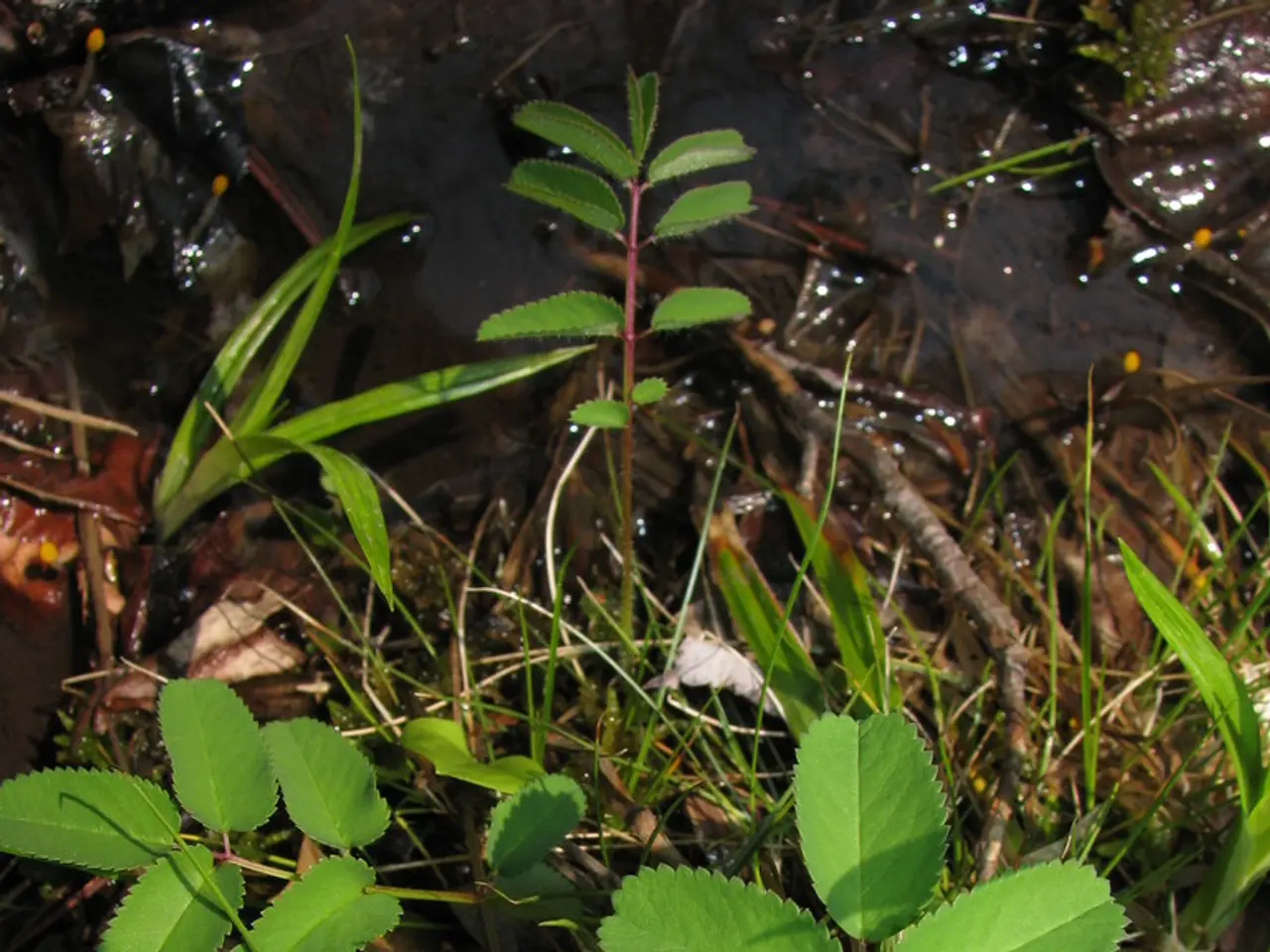Fall Gardening: Significance of Layering Soil Organically
Fall is an essential season for gardeners, and one of the most important tasks to ensure a thriving garden is mulching. Here's why mulching is beneficial and how to do it properly for optimal results.
### The Importance of Mulching in Fall Gardening
Mulching plays a crucial role in maintaining a healthy garden during the fall and winter seasons. Here are some key reasons why:
1. **Soil Temperature Regulation**: Mulch acts as an insulator, keeping the soil temperature consistent and protecting roots from freezing. This is particularly important during the transition from fall to winter, as it helps maintain a stable soil environment.
2. **Moisture Retention**: Mulch helps retain soil moisture by reducing evaporation, which is crucial during periods of low rainfall. This ensures that plants have enough moisture to survive the winter and thrive in the spring.
3. **Weed Suppression**: Mulch blocks weed growth, preventing unwanted competition for nutrients and reducing the need for herbicides.
4. **Soil Health**: Organic mulches, such as leaves or wood chips, contribute nutrients to the soil as they break down, enhancing soil structure and promoting beneficial microbial activity.
### Proper Application of Mulch
To achieve optimal results, follow these key steps:
1. **Choose the Right Mulch**: Organic materials like straw, leaves, wood chips, or compost are excellent choices for gardening. Avoid piling mulch against plant stems to prevent rot.
2. **Apply the Correct Thickness**: A layer of 2-3 inches is ideal for most applications. This thickness is sufficient to retain moisture and suppress weeds without smothering plants.
3. **Timing**: Apply mulch before the first frost in fall to protect plants from winter conditions. Mulch can also be reapplied in spring to replenish old mulch and maintain soil health throughout the year.
4. **Maintenance**: Replenish mulch as needed to maintain the desired thickness. Over-mulching can lead to waterlogging, so it's crucial to avoid applying too much.
By following these guidelines, mulching can significantly enhance the health and resilience of your garden through the fall and into the spring. Shredded leaves can be an effective and cost-efficient mulch, providing organic matter as they break down and helping retain moisture. Rubber mulch is a synthetic option that is long-lasting and effective for moisture retention and weed suppression, although it does not contribute nutrients to the soil.
During the fall season, mulching is beneficial for gardens as it insulates the soil, creating a warmer environment for earthworms, microbes, and other beneficial organisms. Straw is a great option for vegetable gardens, as it helps insulate soil and protect plants. Cocoa mulch is aesthetically pleasing and can deter some pests, but it can be toxic to dogs.
When applying mulch, it should be spread evenly around the plants, with a thickness of 2-4 inches. Mulch should not be piled up against the base of the plants, as this can cause rot and other diseases. Apply mulch after the first hard frost to prevent rodents from nesting but early enough to trap warmth before the deep cold sets in. Mulch acts as a natural insulator for the soil, moderating soil temperature during cold months and keeping it cool during unexpected warm spells.
In addition to mulching, various crops can be grown in the fall, including arugula, beets, broccoli, Brussels sprouts, cabbage, cauliflower, lettuce, peas, radishes, spinach, and Swiss chard. The lawn is ensured to thrive in the spring due to the protection provided by mulching during the fall. Mulching helps protect plant roots from extreme temperatures and harsh winter conditions, promoting a healthier lawn.
In conclusion, mulching is an essential practice for gardeners during the fall season. By following the proper techniques and choosing the right mulch, you can ensure a thriving garden throughout the year.
- Maintaining a healthy home-and-garden lifestyle during fall requires paying attention to mulching, a practice that significantly enhances the health and resilience of plants.
- For those who love gardening, proper mulching helps regulate soil temperature, retain moisture, suppress weeds, and improve soil health, making it a vital part of the home-and-garden lifestyle in the fall.



